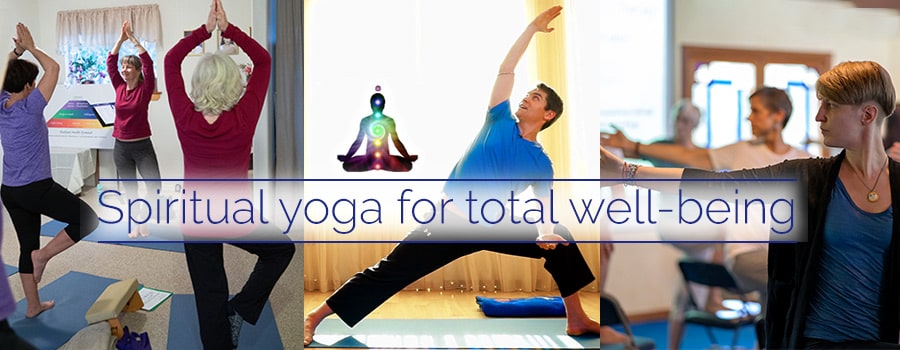Good Yoga Poses for Students with Lower Back Problems
Question
I just started teaching a restorative yoga class. During my first class I got a student that had a fused cervical vertebrae and a lower back problem. Has anyone encountered this before or if you know of any literature about this? What postures are safe and what precautions should I have taken?
On the first class she did extremely mild forward and backward bends, twists and inversions. She did not have a problem with any of them, but I think it’s because I used a lot of props to support her and did not let her strain or stress or force herself into any pose. Any help will be greatly appreciated.
Answers
Genevieve Ryder
Mashpee, Massachusetts
It's a good idea to find out from her exactly what movements her doctor recommends she avoid, if any. With the neck especially, encourage her to develop her inner awareness and not move into any posture, which gives pain. For example, in Triangle Pose she needs to respect where she can go with the turning of the head and not find herself in competition to keep up with others. Poses which put pressure on the neck, such as shoulder-stand should be avoided.
With a lower back problem, one should try to get definition of the problem. Is it a slipped disk, sciatica, or is it sacroiliac instability? In general, the major principle is to get full extension of the spine before going into a pose. With sciatica, forward bends should be avoided as the stretch of the hamstrings will aggravate the condition.
The best poses, in general, are backbends — especially Half-Locust. For the locust, have her first extend the leg back on the floor to get good extension in the spine before lifting the leg. Alternate leg lifts for at least 6 rounds. Sunbird is also excellent — extending the leg through the heel before bringing the leg up. Cat Pose to mobilize the spine is excellent. Have her focus on various sections of the spine and note where she has the least mobility. Then encourage opening in this area.
Try Rolling Bridge Pose, using pelvic thrust, leading the lift with the pubic bone. Once up, roll back down one vertebra at a time. Repeating this will build strength in the gluteus maximus and erector spinae to support the lower back. Once she is strong in this pose, she could proceed to pulsing the lower back when up in the bridge (this might be a ways down the road). Since her neck is compromised, the full lift is not to be encouraged. Seated spinal twist is contraindicated for those with sacroiliac instability. A gentle lying abdominal twist with props may be accomplished.
Janushirasana should be done bending the "straight" leg. Paschimotanasana should be avoided. For more specifics on how to handle asanas when students have a structural problem, I like to refer to Mukunda Stiles' book, Structural Yoga Therapy: Adapting to the Individual.
Related Advice
- Exaggerated Swayback: What Can I Recommend for My Student?
- What Yoga Can Someone with Herniated Disks Do?
All authors are graduates of Ananda Yoga Teacher Training.




















